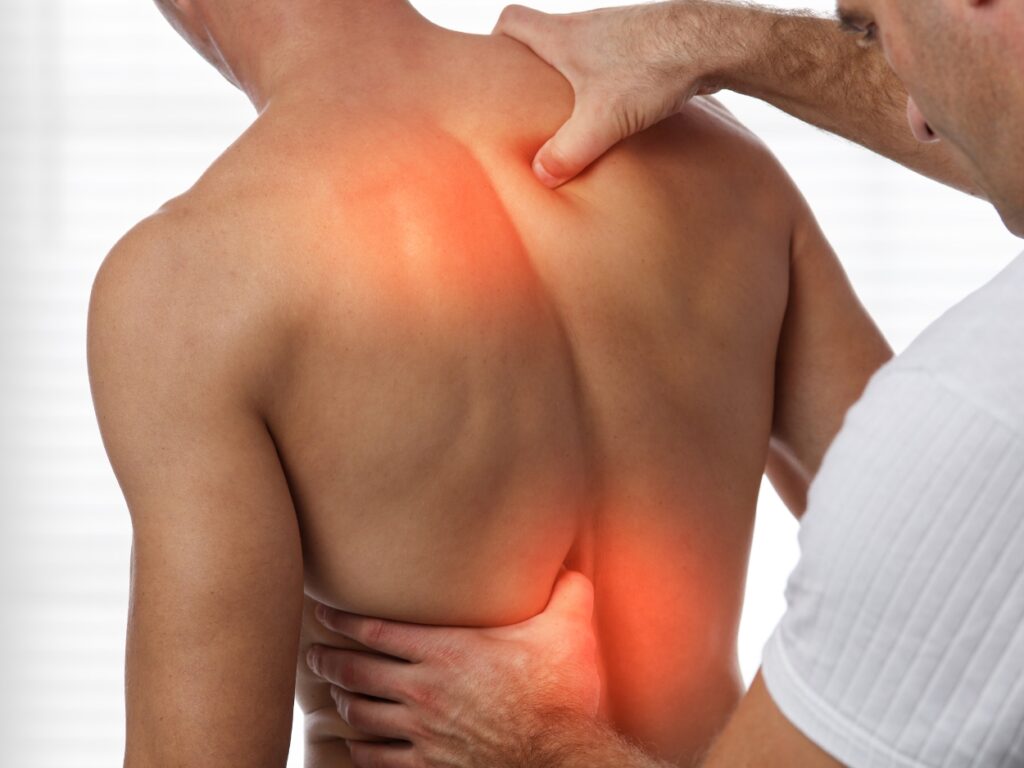Your Path to Relief
Explore Tailored Pain Management Solutions for You
At Van Siclen Chiropractic, we believe in personalized pain relief. Our team of experts collaborates with you to create an individualized approach to treatment, ensuring every plan aligns with your specific health goals.
PAIN MANAGEMENT
We will examine your back and assess your ability to sit, stand, walk and lift your legs. We might also ask you to rate your pain on a scale of zero to 10 and talk to you about how well your functioning with your pain.
These assessments help determine where the pain comes from, how much you can move before pain forces you to stop and whether you have muscle spasms. They can also help rule out more-serious causes of back pain.





If there is reason to suspect that a specific condition is causing your back pain, we may order one or more tests:
X-ray.
These images show the alignment of your bones and whether you have arthritis or broken bones. These images alone won’t show problems with your spinal cord, muscles, nerves or disks.
MRI or CT scans.
These scans generate images that can reveal herniated disks or problems with bones, muscles, tissue, tendons, nerves, ligaments and blood vessels.
Blood tests.
These can help determine whether you have an infection or other condition that might be causing your pain.
Bone scan.
In rare cases, your doctor might use a bone scan to look for bone tumors or compression fractures caused by osteoporosis.
Nerve studies.
Electromyography (EMG) measures the electrical impulses produced by the nerves and the responses of your muscles. This test can confirm nerve compression caused by herniated disks or narrowing of your spinal canal (spinal stenosis).
Treatment.
Most acute back pain gets better with a few weeks of home treatment. However, everyone is different, and back pain is a complex condition. For many, the pain doesn’t go away for a long period, but only a few have persistent, severe pain.
For acute back pain, over-the-counter pain relievers and the use of heat might be all you need. Bed rest isn’t recommended.
Continue your activities as much as you can tolerate. Try light activity, such as walking and activities of daily living. Stop activity that increases pain, but don’t avoid activity out of fear of pain. If home treatments aren’t working after several weeks, your doctor might suggest stronger medications or other therapies.
Physical therapy and exercise
A physical therapist can apply a variety of treatments, such as heat, ultrasound, electrical stimulation and muscle-release techniques, to your back muscles and soft tissues to reduce pain.
As pain improves, the therapist can teach you exercises to increase your flexibility, strengthen your back and abdominal muscles, and improve your posture. Regular use of these techniques can help keep pain from returning.
